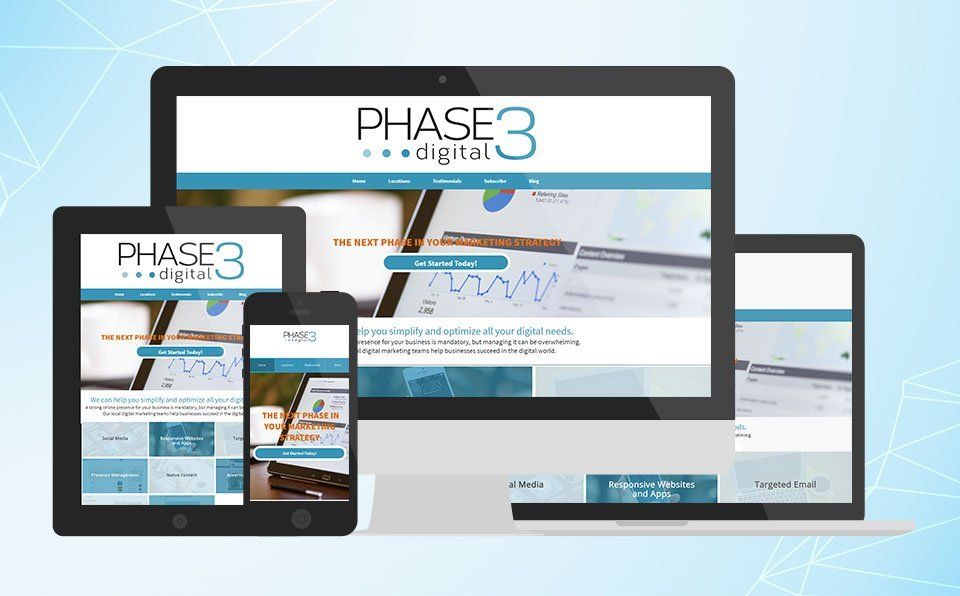Why responsive web design is important
US adults will spend an average of 3 hours, 35 minutes per day on mobile devices in 2018, an annual increase of more than 11 minutes. By 2019, mobile will surpass TV as the medium attracting the most minutes in the US (eMarketer)

Mobile devices have been dominating over desktop since 2015, and now according to google, have reached a staggering 57% all of website traffic. It is no surprise that having a responsive website is more important than ever.
What is responsive web design?
Responsive web design is designed to respond to the user’s behavior and environment based on screen size, platform and orientation.
What are some of the benefits of responsive web design?
1. Improved Site Usability = Lower Bounce Rates = Higher Conversions
If users can’t easily navigate your website, it’s unlikely they will stick around. Good usability scores lead to repeat visitors and increased conversions.
2. Faster Page Load Times
Every website should be optimized to load as quickly as possible. Google’s message over the years has been that fast-loading sites are favored in search results.
3. Improve SEO
Google has officially recommended responsive web design and takes that into consideration when determining the rank of your website in search engine results. If your website isn't responsive, it will be placed lower on the results page whereas it will show up higher if it passes the mobile-friendly test.
4. Easier Maintenance
Having a responsive site vs maintaining a mobile and desktop version of your site eliminates time spent updating two versions of a website.
5. More Social Sharing
Responsive content paired with responsive social media buttons makes it easy to share links which will help increase your credibility and can then lead to more traffic and more conversions.
In short, your website may look great on a desktop screen but that may not be true when your site is viewed on a smartphone or a tablet. When the design is responsive, the website will look good (and readable) on all screens. Responsive web design has become a necessity for anyone with a digital presence.









